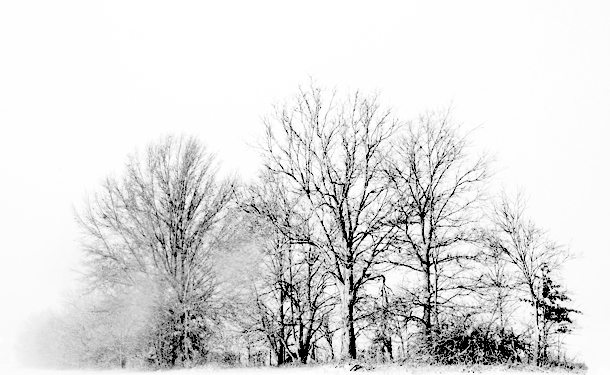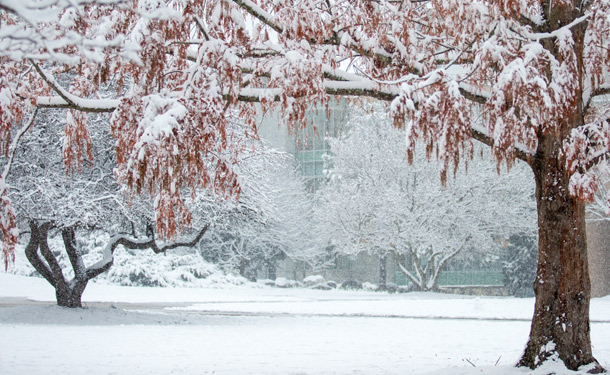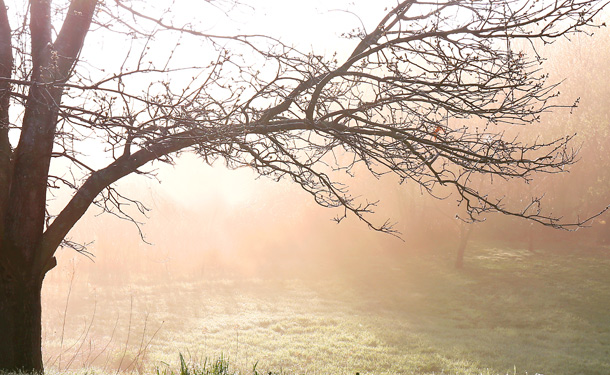Temperatures are beginning to plunge and winter is setting in. With the change in seasons, deciduous trees have either begun to or have completely shed their leaves, entering into dormancy.

Dormancy is one of the most amazing natural processes by which deciduous plants, shrubs and trees shed their leaves, slow their metabolism down, and conserve energy throughout the coldest months of the year.
When is the Dormant Season
Common knowledge is that the winter months are when dormancy occurs for deciduous trees, plants, and shrubs. While there is some truth to this, the dormant season is relative to two types of dormancy:
Predictive Dormancy – This type of dormancy occurs when deciduous trees, plants, and shrubs enter dormancy before the onset of freezing temperatures or the winter season. A common trigger of predictive dormancy is the falling autumn temperatures.
Consequential Dormancy – This type of dormancy occurs when deciduous trees, plants, and shrubs enter dormancy after the onset of adverse weather or winter.

In either case, the dormant season ends when the average temperature begins to rise again and the organisms begin to bud. Typically, this occurs in the beginning weeks of spring.
Pruning During Dormancy
The time to prune your trees and shrubs is now (the beginning of dormancy) or in early spring (just before they exit dormancy). Pruning in the beginning or end of the dormant season will save trees and shrubs from unnecessary shock, helping them maintain their form and structure. With less weight to carry and more light reaching the inner branches, they will come out of dormancy flourishing in the spring.
Only emergency cutting or pruning should be performed throughout the depth of the winter months. Once winter has set in, branches and extremities get brittle and pruning will end up doing more damage than good. These are signs you may need to remove your tree thetreecareguide.com/signs-that-you-need-to-remove-your-dying-damaged-tree/
NOTE: Special attention must be given to oak and elm trees. The dormant season is the only time they should be pruned (with exception of emergency situations). Pruning, trimming or cutting during this time will help avoid the spread of Oak Wilt and Dutch Elm disease.

Tree Emergencies, Severe Weather, and Preventative Tree Care
During untimely snow storms, blizzards or harsh winter weather conditions, trees are more prone to injury. In a deep freeze with heavy snow accumulation, it is not uncommon for branches or limbs to break and fall.
NOTE: Evergreen trees, shrubs and plants do not lose all of their leaves in the winter months. They do in fact lose and replenish their foliage throughout the year and depend on stored water to prevent drying out or burning during the dormant season for deciduous trees.
Scheduling a tree professional to inspect your trees as the dormant season gets under way is an excellent start to preventative maintenance. It will also help you to avoid potentially devastating accidents possibly resulting in severe property damage and even loss of life. In this sense, the importance of proper tree care and maintenance cannot be overstated.